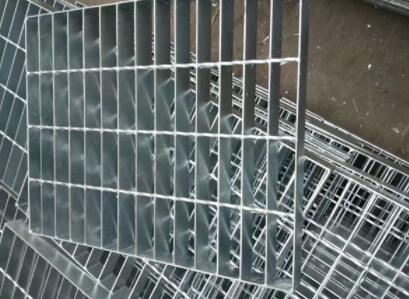Understanding Perforated Stainless Steel Sheet Prices Factors and Market Trends
Perforated stainless steel sheets are an essential material in various industries due to their versatility, durability, and aesthetic appeal. They are widely used in architectural designs, filtration systems, and manufacturing processes. Understanding the pricing of perforated stainless steel sheets is crucial for businesses and individuals alike. In this article, we will explore the factors that influence these prices and the current market trends.
What is Perforated Stainless Steel?
Perforated stainless steel sheets are metal sheets that have been punched with holes of various sizes and patterns. These holes can serve several purposes, including aesthetic design, weight reduction, ventilation, and filtration. Typically made from high-quality stainless steel, these sheets can resist corrosion and withstand extreme temperatures, making them ideal for both indoor and outdoor applications.
Factors Affecting Prices
1. Material Costs The price of stainless steel itself is a significant determinant of the overall cost of perforated sheets. Stainless steel prices fluctuate based on raw material availability, global demand, and market conditions. Elements like nickel and chromium, which are integral components of stainless steel, can impact the pricing considerably.
2. Sheet Thickness and Gauge The thickness of the stainless steel sheet directly influences its price. Thicker sheets require more material and processing during manufacturing, leading to higher costs. Additionally, the gauge of the material selected also plays a role; as the gauge number decreases, the thickness increases, affecting price accordingly.
3. Hole Size and Pattern The size and pattern of the perforations are customized based on specific requirements. Larger holes or intricate designs often lead to increased manufacturing complexity and, consequently, higher costs. Simpler patterns with regular-sized holes may be more economical.
4. Manufacturing Process The production method used to create perforated stainless steel sheets can also impact pricing. Traditional punching methods may be less expensive than newer technologies like lasers or water jets that allow for more precision and complex designs but at a higher cost.
perforated stainless steel sheet price

5. Finish and Treatment Surface finishes—such as polishing, coating, or passivation—can enhance the appearance and corrosion resistance of stainless steel. These additional treatments will add to the base price of the perforated sheets. Depending on the application, customers may opt for specific finishes, which can vary significantly in cost.
6. Quantity and Customization The volume of sheets ordered can influence pricing as well. Bulk orders often benefit from economies of scale and lower per-unit costs. Customizations can drive up prices due to the specific handling and production needed for unique specifications.
Market Trends
As industries evolve, the demand for perforated stainless steel sheets continues to grow. Materials are increasingly being utilized in modern architecture for facades that require both functionality and style. The construction and automotive sectors are significant drivers for this market, contributing to a steady rise in demand.
Sustainability in manufacturing is becoming a vital consideration. More manufacturers are adopting eco-friendly practices and utilizing recycled materials, which can impact pricing structures. On one hand, using recycled stainless steel could lower the costs; on the other, it may entail additional processing fees.
Additionally, with the ongoing advancements in technology, competitive pricing strategies are emerging. Manufacturers are striving to enhance production efficiency, which may result in reduced costs for consumers.
Conclusion
The price of perforated stainless steel sheets is influenced by multiple factors, from raw material costs to custom specifications and manufacturing processes. As market demand continues to rise, understanding these dynamics becomes increasingly important for buyers. Those involved in construction, architecture, and other industries relying on perforated stainless steel can benefit from keeping abreast of market trends and pricing fluctuations to secure the best materials at competitive prices.
In today's fast-paced market environment, knowing how to navigate the complexities of perforated stainless steel pricing can provide a significant advantage, ensuring quality materials are sourced efficiently while maintaining budgetary constraints. Whether for commercial projects or individual applications, a thorough understanding of these factors will lead to better procurement decisions and greater overall satisfaction with the final product.

















